A round of applause is in order because Nav Creative recently celebrated an incredible milestone!…
Branding lessons from comic books

Comic book superheroes are brands in human form, proudly sporting their logos right on their chests. They generate mountains of content, have rabidly loyal fans and they give us a face (or a mask) to relate to their brand purpose—the delivery of justice.
The art of representing a business through a unique, identifiable brand is something everyone is trying to do (for good reason) but few of us ordinary civilians really master. Fortunately for us, comic books have branding down pat and applying their principles to your own business is easy and rewarding—even if that business doesn’t involve flying men in tights.
Tell your origin story
—
Behind the actions of every superhero is a compelling origin story. Even if the rest of the story is forgotten along the way, we remember the often heartbreaking details of the hardships they endured to become the hero they are today. Tony Stark and Iron Man embody the conflicts of might versus right, rich versus poor, love versus war, the strength and invincibility of the machine versus the frailty of the human with the damaged heart—so many basic human impulses that we can’t help but relate to his story; it doesn’t matter that he’s an eccentric billionaire and we aren’t, because he is so obviously human.
Your brand’s origin story, if told with heart and honesty, will be the thing your customers love most about your brand. It makes your whole business and product or service feel right to consumers, and it shows them your human face behind the brand.
Have a purpose
—
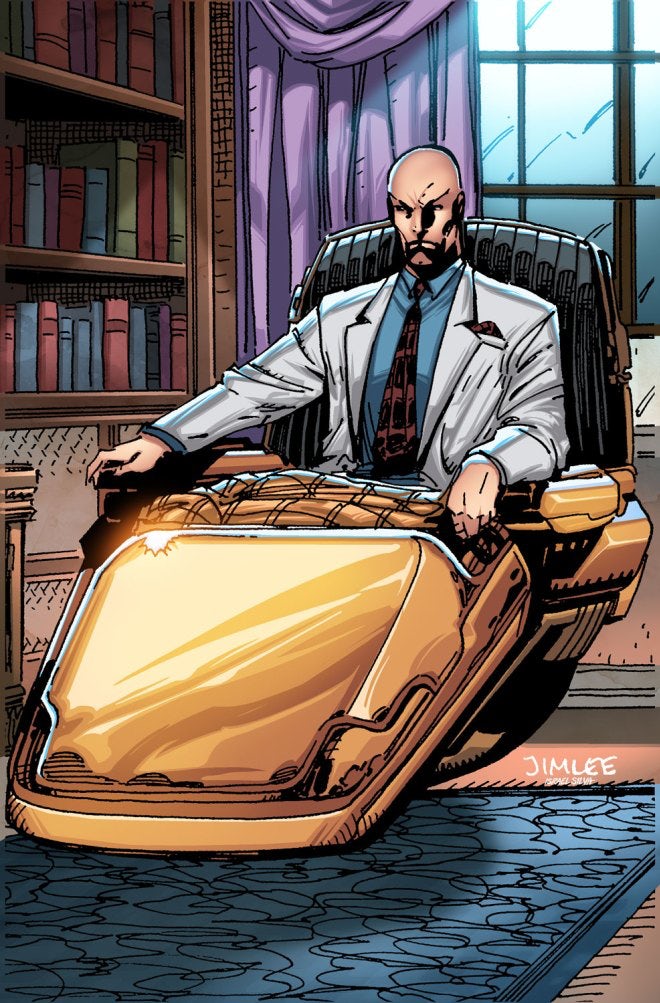
Clearly define your specific objectives and value proposition: your purpose. Professor X, who mentors and leads the X-Men, sees uniting and protecting mutants as his life’s mission. It’s a high-level calling that clearly defines everything he does.
Your brand needs that kind of purpose—not just selling what you’ve got, but adding value to improve the lives of users. Everything related to the brand should be in support of that purpose—that’s what makes for a rock-solid and unique brand.
Empower your logo
—
Logos are incredibly important to superheroes; two of the most recognized symbols in the world are the Bat Signal and Superman’s “S.” Superheroes use their logos not just to represent themselves, but what they stand for. The Bat Signal is a beacon in the darkest nights when everything is going wrong, a symbol of hope for people in trouble, and a warning to evil-doers. Superman’s logo is typically revealed as he tears off the Clark Kent costume, transforming him from ordinary to extraordinary. Think about how your logo can transcend brand recognition and become an icon for your customers, a symbol that comes immediately to mind in their hour of need.
Have consistent messaging
—
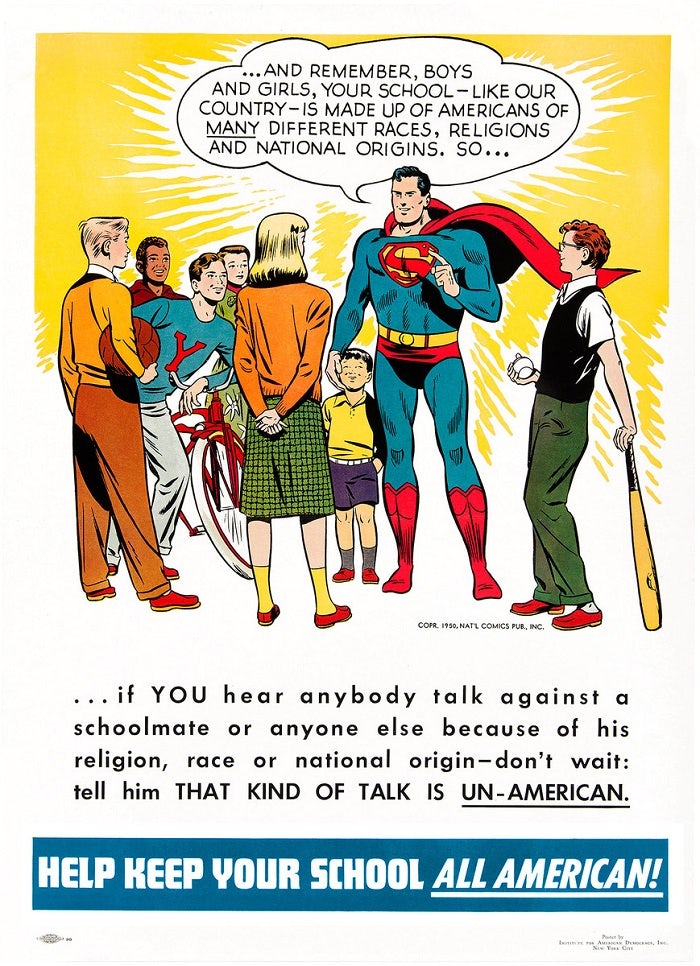
Superheroes nail the messaging over and over again. Take a guess as to whose messages this is:
“Dreams save us. Dreams lift us up and transform us. And on my soul, I swear. . .until my dream of a world where dignity, honor and justice becomes the reality we all share—I’ll never stop fighting. Ever.”
Superman! He’s not an ambiguous, troubled soul—he’s not even human. But he loves humanity and gives his all for us, which defines him. And his messaging is always consistent with those values, even when he is reinvented as times change. Likewise, once you’ve laid out your purpose, stay on that message so that consumers of your brand will know your words even without your name attached to that.
Know your (brand’s) kryptonite
—
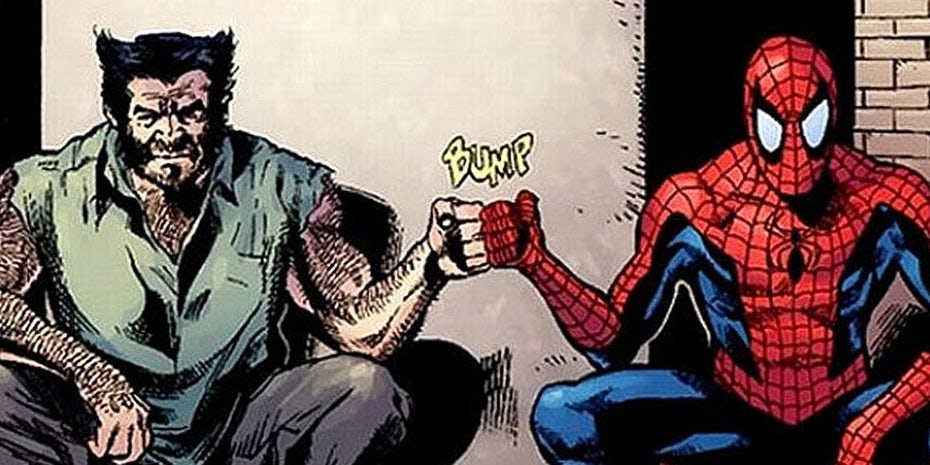
My mother always said, “Don’t bring a knife to a gunfight,” but now I tell my daughter, “Don’t bring a web shooter to an open field.” My point is, you need to be well aware of your brand’s strengths and weaknesses, and to play to those strengths as part of who you are as brand. Peter Parker is a lovable nerd, and so is Spider-Man. If Spider-Man tried to pull off a foul-mouthed yet lovable tough guy vibe like Wolverine’s, he would fail, horribly. Don’t try to be super at everything and don’t try to appeal to everyone; use your brand’s strengths to appeal to your ideal customers who are definitely going to want what you have. This way you avoid multiple (confusing) storylines, and a phony vibe that turns off even the consumers who should and otherwise would be your most loyal fans.
Build your brand with constant content
—
Marvel as a whole is pretty much a content juggernaut (not to be confused with the Juggernaut). They certainly work to ensure their content is high-quality, but they also create many different kinds of content and media, via an array of channels, for their different consumer profiles, from kids to mainstream adults who just like fun movies, all the way over to serious nerds like me. The brand is consistent throughout all of this content, which never stops coming out.
Most businesses aren’t big enough to churn content like that, but you can still take the lesson from the tactic. Build your brand through each piece of media or content you create, on every channel. Take different approaches to your brand’s element to appeal to different target consumers. Let your followers know that something else is always on the way, and that, like everything else tagged with your brand, it will be worth waiting for.
Cultivate a brand universe
—
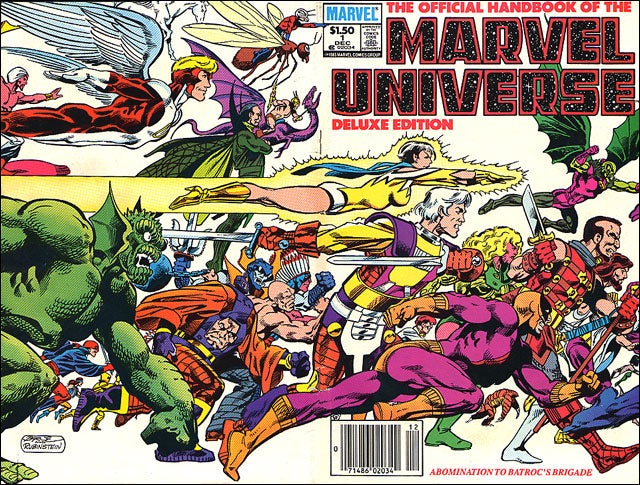
If you’re a business that has more than one service or product, take another lesson from the comic book giants: they approach marketing holistically even while each comic line has its own identity and brand. Each series is included the entirety of their universe through an overarching sense of shared branding, helping it all feel consistent even while the individual offshoots of the brand let you see that this particular product offers something singular and fresh. In comic books and movies, there’s always a number of references that nod to the larger universe, yet there’s always a unique arc to one hero’s story in particular. Similarly, a customer who has gotten to know your brand through a single product but might be led to others if there is a sense of a shared universe.
Take for example this year’s Wonder Woman film. It was a smash and the best thing to happen to the current, less-loved movie iteration of Batman since—well, maybe ever. The teaser we got about Bruce Wayne sending Diana the old photo from World War II let us know that the universe was growing for those characters, and that more is coming. Now, the rabid fans of Wonder Woman’s movie will go see that next movie, The Justice League, and they won’t care if Batman has been less impressive in recent years.
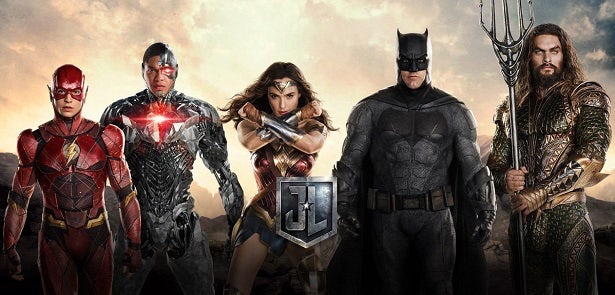
Respect the fanbase
—
You might think that with an army of super-geeks following every comic, movie, and convention that comes down the pike, comic brands could relax; after all, they know we’re going to jump to go see the characters we love. The fact is, though, that even your die-hard fans will quickly turn on you if you take them for granted. If Marvel backed out of Comic-Con, for example, and blew off the most devoted fans, they’d lose some respect. Worse still, whenever a writer starts taking a storyline way off the rails, taking liberties with long beloved characters, the fans revolt. The same is true with longtime customers and brands (if you remember New Coke, you know what I’m talking about).
Fans of your brand aren’t just people who buy things from you—they depend on you and some even look up to you. Gestures of respect like giveaways or inside information about the brand or industry can build loyalty with your fans, and if you treat them that way, they will stick by you.
Be adaptable
—
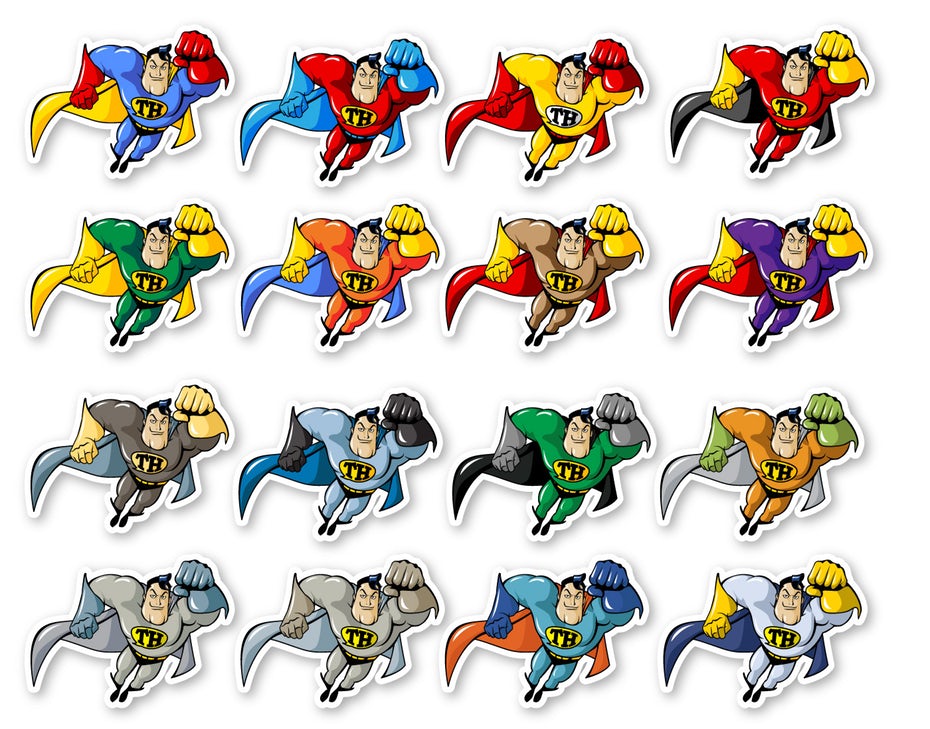
People who make comics can adapt without diluting their brand. If not, they wouldn’t be able to maintain audiences generation after generation. In comics, new writers and artists come along, and new storylines emerge all the time, catering to the tastes of changing audiences while maintaining the comic’s overall sense of identity. Similarly, businesses (hopefully) last a long time. Employees and teams, and even specific product offerings, might change over the years, and a strong brand has to adapt. For a business owner, the key is know that your audience will grow, to keep up with these changing faces, and to build value across this changing landscape.
In the next issue…
—
By telling a compelling origin story, keeping true to your core message, honing brand super powers, and weaving all of these through each piece of content you create, you are well on your way to superheroic branding. The superheroes we all love to root for tap into the greater angels of human nature and tell a great story doing it, building bonds with their fans as they go. Likewise, swap the facts of your product for the greater human truths, and you’ll have a brand that can overcome even the most dastardly schemes of your competitors.
What other branding (or life lessons) have you learned from comic books? Let us know in the comments!
Original article written by Karla Lant >
[wpseo_map width=”100%” height=”300″ zoom=”-1″ map_style=”roadmap” scrollable=”0″ draggable=”1″ show_route=”0″ show_state=”1″ show_url=”0″] [wpseo_address hide_address=”1″ show_state=”1″ show_country=”1″ show_phone=”1″ show_phone_2=”0″ show_fax=”0″ show_email=”1″ show_url=”1″ show_logo=”0″ show_opening_hours=”1″]


